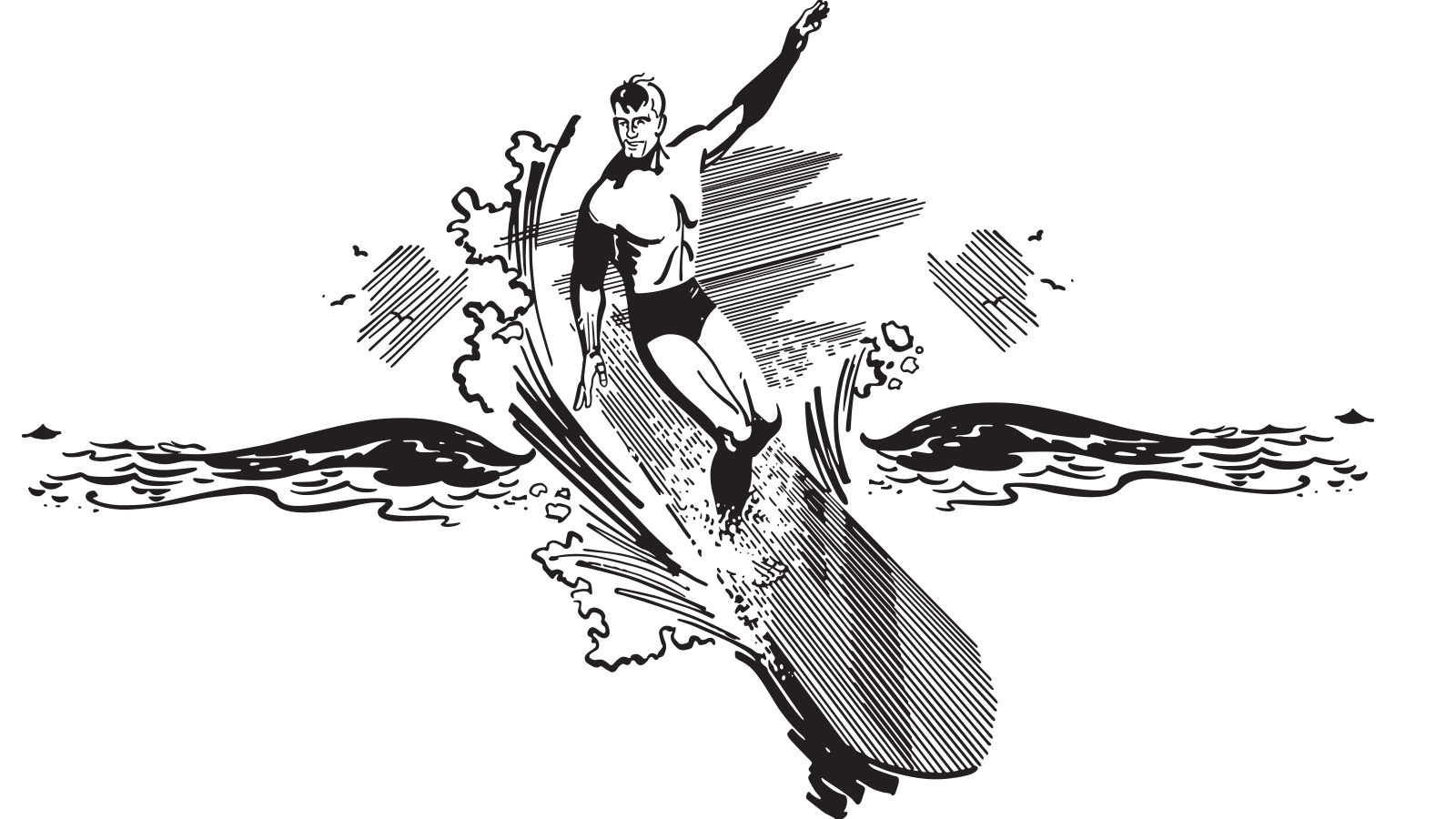Web Design Trends for 2024

In the ever-evolving realm of digital design, staying ahead of the curve is the name of the game. As we sail into 2024, an array of innovative design trends is paving the path toward creating more engaging and user-centric web experiences. From the integration of Artificial Intelligence (AI) to the allure of motion effects, the horizon of web design is as promising as it is exciting. Below, we unfold the top web design trends predicted to take center stage in 2024, offering an exciting glimpse into the future of website design.
Artificial Intelligence (AI) and Chatbots

Artificial Intelligence (AI) stands as a cornerstone in the modernization of web design, with its applications going beyond mere aesthetic enhancements to encompass functionality and user interaction. AI can significantly impact web design, notably through AI-powered chatbots which offer 24/7 customer support, enhancing user engagement and satisfaction. Unlike traditional chatbots, these intelligent versions provide immediate assistance, bolstering user engagement, especially outside standard business hours. Moreover, by analyzing user data, they deliver personalized responses, creating a tailored user experience. This not only improves user interaction but also positively impacts brand perception. Thus, integrating AI into website design sets a new standard in digital customer service, elevating user engagement and satisfaction.
Behavioral Design
The Behavioral Design trend, which emphasizes creating a user-centric design that can influence user behavior, continues its momentum into 2024. This approach extends beyond aesthetics, leveraging psychological insights to enhance user engagement and drive desired actions on websites. For instance, by employing Persuasive Design techniques, designers can subtly guide user actions on a website, enhancing the likelihood of desired outcomes such as lead generation or sales conversions. Behavior Design aligns with the growing emphasis on Ethical Design, reflecting a broader understanding within the design community about aligning digital experiences with human behavior. As Behavioral Design matures, it fosters more empathetic, user-centric digital spaces, ultimately elevating the quality and impact of web design.
Augmented Reality (AR)

Augmented Reality (AR) is stepping into the spotlight as a groundbreaking web design trend as we transition into 2024. Its ability to blend digital elements with the real world on a webpage holds immense potential for creating immersive online experiences. With AR, web designers are now crafting interactive 3D advertisements, virtual try-ons, and interactive 360-degree views, which significantly elevate user engagement and brand recall. The trend is a testimony to the evolving expectations of modern web users who crave engaging, interactive, and reality-enhanced online experiences. As AR technology becomes more accessible and mainstream, its integration within web design is not merely a fanciful addition, but a pivotal tool in bridging the digital and physical realms, making web interactions more engaging, meaningful, and user-centric in 2024.
Motion Effects
Motion effects on homepages are carving a niche in the website design, serving as a magnet for visitor engagement and a canvas for creativity among designers. As we stride into 2024, this trend is gathering steam, heralding a new era of dynamic and interactive web experiences. The allure of motion effects lies in their ability to breathe life into a static webpage, creating a narrative that unfolds as the user navigates through. Whether it’s subtle animations that respond to user interactions or bold, eye-catching transitions, motion effects turn the act of browsing into a visually rewarding journey. For designers, it’s a playground to showcase creativity, and for visitors, it’s an immersive gateway that makes the digital interaction memorable. The entrancing appeal of motion effects is set to continue captivating both designers and audiences alike, enriching the tapestry of web design in 2024.







